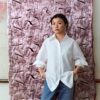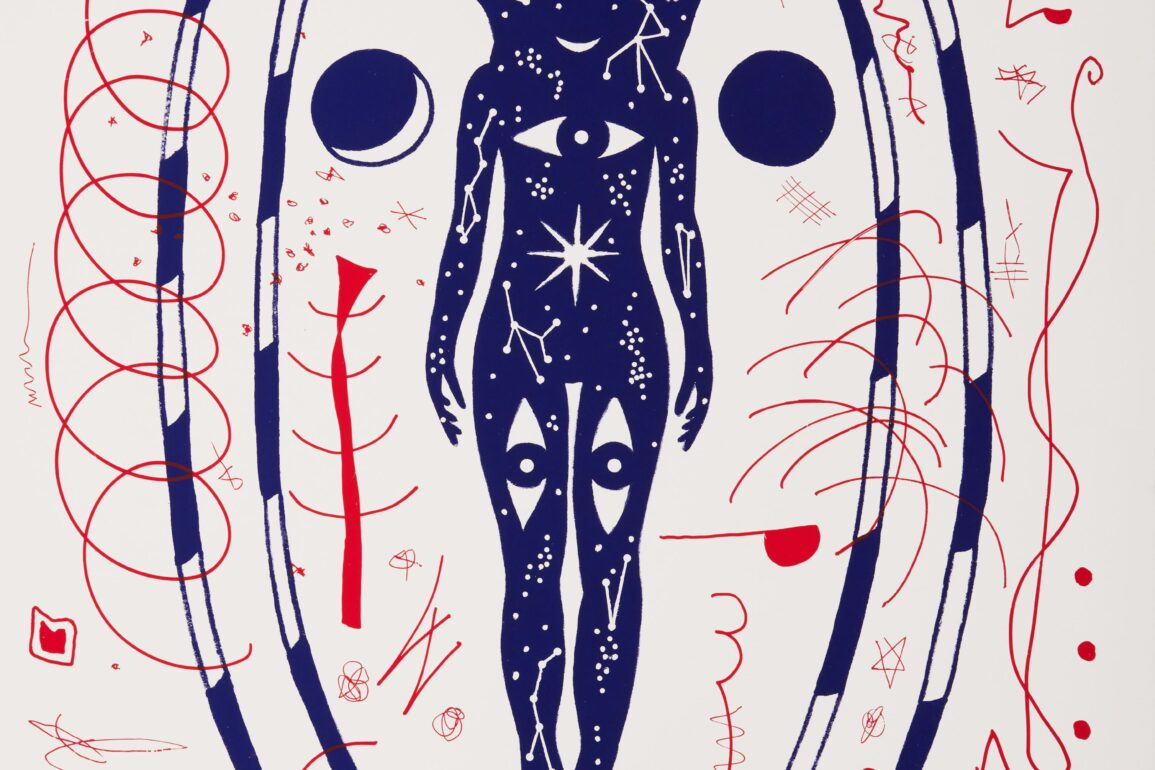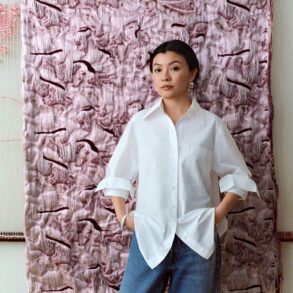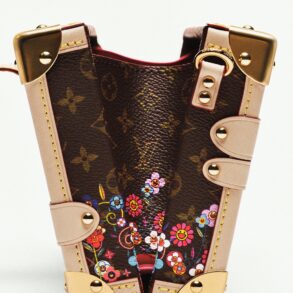At Tarq, Mumbai, the gallery space is charged with a different kind of energy, one of kinship and dialogue. On display are seven collaborative prints created by artist pairs— Sameer Kulavoor and Vishwa Shroff, Savia Mahajan and Parag Tandel, Bodushura Mukherjee and Ronny Sen, Pratap Morey and Philippe Calia, Garima Gupta and Nibha Sikander, Soghra Khurasani and Saju Kunhan, and Rithika Merchant and Areez Katki. The works represent both points of commonality and departure between two artistic practices. Titled Overlaps, this show marks the 10th anniversary of the gallery, and highlights the ethos of collaboration and the sense of community that has defined Tarq’s programming over the years.
The portfolio of prints on display represent rigorous artistic work and dialogue, “underpinned by a spirit of fun, experimentation, and learning,” states the gallery note. For Hena Kapadia, founder, Tarq, the process of pairing the artists and observing them engage in a series of meaningful dialogue with one another has been most rewarding. “We have had a long engagement with all the artists, who have participated in the show. I am quite familiar with their interests and practices, and this understanding went into the deciding of pairs,” she says. While the mediums and vocabularies of each artist might be different, the pairings were based on common strands of thought, motivations and concerns. The creative practitioners agreed to this experimental exercise, and the themes, which emerged in the process, were based on ideas of identity, space, architecture, and ecology.
For the show, Kapadia reached out to Pritam Arts, a 38-year-old screen print studio based in Lower Parel, Mumbai, run by a father-son duo, Prabodh and Prajval Mendon. The studio is known for experimenting with scale, medium, colour, and impressions, and seemed like a perfect fit for the project. To highlight the process behind the exhibition, the gallery space has been divided into two parts. One features the prints created by the artists, and in the second part, the print studio has been recreated to showcase the work done by the artists at Pritam Arts.
Also read: A powerful new exhibition on the forest residents of Aarey
Work on the show started months ago, with the paired artists—separated by geographies and time zones—attending several video calls with Kapadia and Prajval Mendon. There was a lot to be discussed, be it the choice of colours for the screen print, the themes, and logistics of the artists being present for the final workshop held two weeks back at Pritam Arts. “The overlaps were really interesting. Both Garima Gupta and Nibha Sikander, for instance, are really interested in ecology, and they based their works on the same bird species. Nibha created a cutout and Garima worked on a digital soundscape on the bird call,” elaborates Kapadia. Ronny Sen and Boshudhara Mukherjee, who usually work with very different mediums, found a common ground in graphics.
Sameer Kulavoor was interested in seeing how the proposition would play out in the studio. “Artists have very strong individual practices, and finding synchronised spaces within those can be tricky,” he says. However, Kulavoor’s partner for the exhibition, Vishwa Shroff, and he set a grid to get going. They had the advantage of being based in the same city—Mumbai—and Shroff would come over to Kulavoor’s studio to brainstorm and work.
“My work has sharply shifted in its focus on architecture in the last five years or so. And that is a theme, which has run through Vishwa’s practice for a long time,” he elaborates. Shroff showed him a drawing based on scaffoldings, which reminded Kulavoor of one of his works, and in turn he showed her drawings that Shroff could relate with. “The idea to confuse people—to make them guess which drawing had been made by which artist in the final work—was a by-product rather than an intentional attempt. It emerged during banter while working. For the exhibition, each artist was assigned one screen. But we decided to create a mix of both our drawings to be put on the two screens given to us,” says Kulavoor.
Also read: Meet the people tutoring indie musicians about their rights
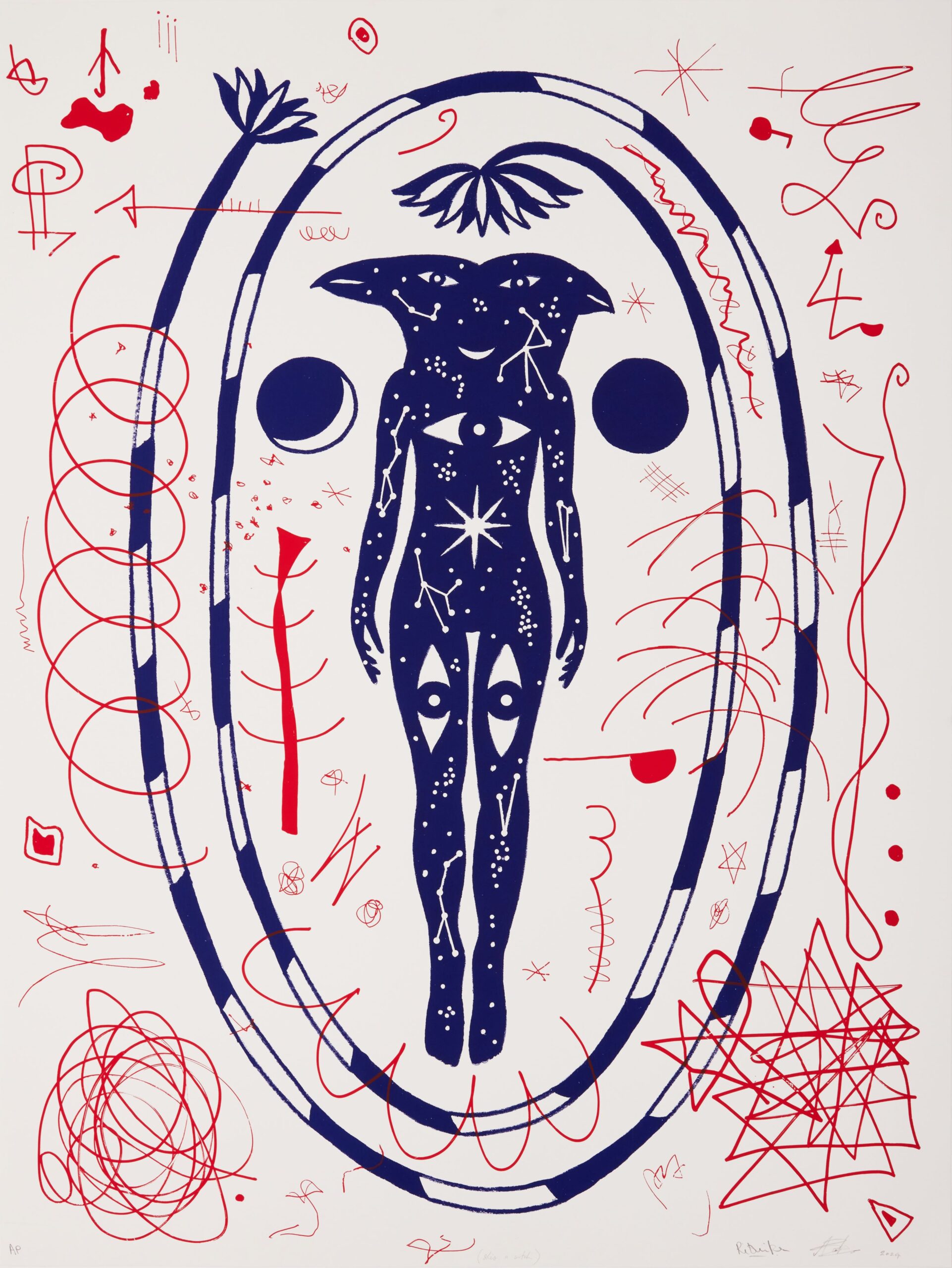
View Full Image
The process of creating the artworks has been revelatory to most artists. Rithika Merchant, for instance, had never before had on her work or next to it. “To me, the conversations of putting together the artwork have been as important as the final piece itself,” she says. Merchant partnered with Areez Katki, both of whom have very different visual languages. The former, who is based in Mumbai, draws on iconography from myths and legends, interpreting them in a contemporary context. Her work looks at building worlds and speculative futures featuring hybrid creatures. She achieves this by using botanical and celestial imagery as well as elements from her own lexicon of symbols.
Katki, on the other hand, looks at objects and material culture, to investigate fragmentations of migrant identity. “Both [his artistic and writing practices] examine the historic and the personal, using gestures which survey the nature of (our) relationships with sites and embodiments,” states the artist’s bio.
Merchant feels that the kind of references that she and Katki make are somewhat similar, in their reference to esoteric imagery, for instance. “We derive meaning from symbols,” she says. Both the artists, who met at Tarq, have been friends for some time now. When the conversation for the show started, Katki was in Italy for the Venice Biennale. “We started talking on the phone about some sort of an energy barrier—that sense of being overwhelmed in a crowd, and creating a psychological and physical barrier around oneself,” she says. Katki asked her to start drawing, and then he would respond to it. So, Merchant created the central figure, the vines and the flowers, and Katki engaged with that through his signature gestures. “To me, this meeting of the minds has been the most fascinating aspect of participating in Overlaps,” says Merchant.
On view at Tarq, Mumbai, till 20 July, Tuesday to Saturday, 11am-6.30pm


